Experiments in Eco-Processing
Tints
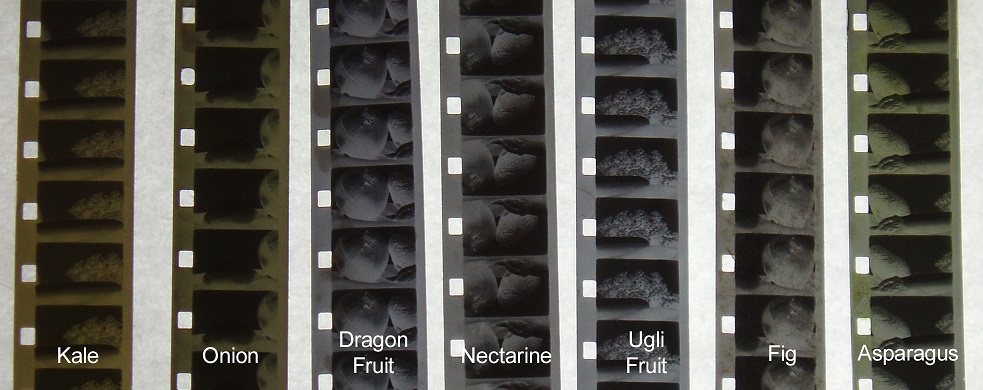
Tinting and toning are different processes. Tinting film involves soaking it in a dye which stains the film emulsion -this means that the light shining through the film is filtered through the dye, so that the white light shining through becomes the colour of the tint. Toning the film involves a chemical process, where the silver particles in the emulsion are replaced with coloured, silver salts - this means that the darkest areas of the film will be coloured while other areas will remain untouched. These are experiments in tinting not toning.
Organic tints will not last forever, they start to fade after time, though I have some goldenrod tinted film that was still vibrant a year later. Some tints can last a year and other faded after a couple of months. The great thing about tints is that you can re-tint your film but it will be different from the first time you tinted it. There is also chance that the emulsion may weaken over time and has the potential to slide off if you leave it in the dye to long.
To make a tint, simply choose a plant, chop it up coarsely and boil it in water. The water will hopefully turn a colour. Less water will render you a darker tint.
There are several ways to tint your film:
* Letting the film sit in a warm dye
* Letting the film soak in room temperature dye
* Adding vinegar to the dye and soaking the film in it
* Adding salt to the dye
* Adding alum to the dye
Adding alum often increases the intensity of your stain and gives you a stronger tint. Sometime adding alum even changes the colour of your stain (see eggplant).
You can tint your film in a bucket or with a lomo tank. If you use a bucket remember that if the film is touching other parts of itself the tint will not have a uniform colouring (but perhaps that is a look that you are going for).
You can also mix tints to see what kind of colours you can produce. If you want to get fancy you can mask your film with tape and tint it one colour. When the tint is done drying you can pull off the tape and then tint it again in another colour. You can get some neat results just experimenting.
The most important thing about organic tinting is checking your film every few hours. Tinting with organics takes a longer time than using other kinds of dyes. It is a good idea to check your film every few hours during the first 24 hours of tinting to ensure the emulsion does not get over saturated and slide off the plastic.
Sometimes, it may take several days before a tint takes. If a dye hasn’t started to stain your film after six days, it is probably not going to happen.
The type of film stock will also affect the way a tint adhears to the film. I have found B&W tri-X to be be pretty good with most tints compared to 3378. Sometimes using PhotoFlo after processing your film (but before tinting) will also make the tint stick better to the film.
After you are done tinting, let the film air dry and then rinse it in cold water for about a minute (or until it is not sticky anymore). If the tint isn’t as dark as you want it, try tinting again!
Below are some results from small batch tints (80ml) on Super8 B & W Tri-X.
Avocado
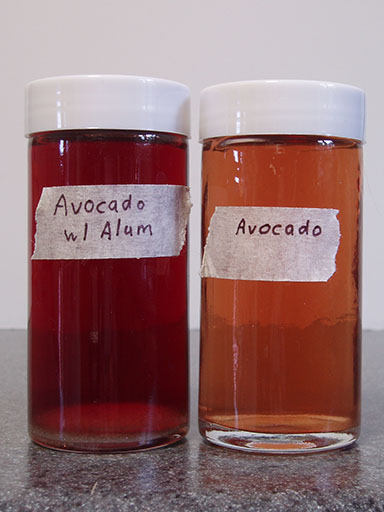
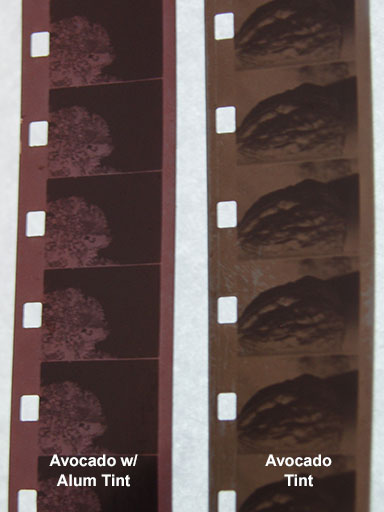
Avocado
48 hours
80ml tea and 2g alum
Excellent results!
Eggplant
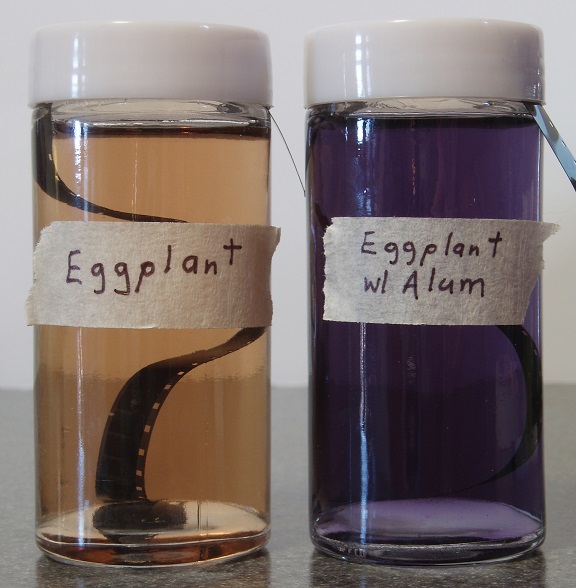
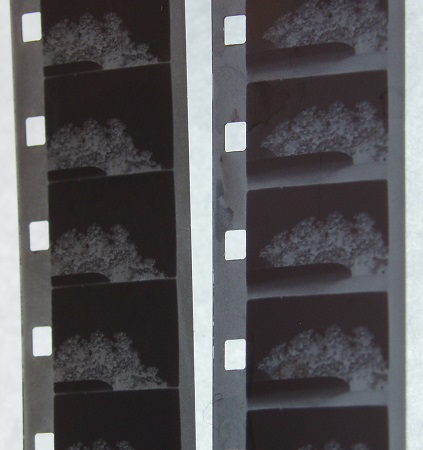
Eggplant
22.5 hours
80ml tea and 2g alum
Results were minimal with the tri-x stock.
Mint
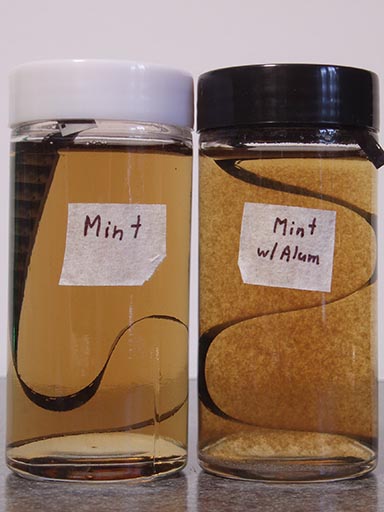
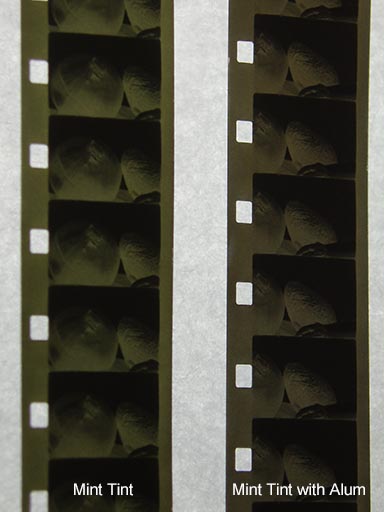
Mint
4 days
80ml tea and 2g alum
Yam
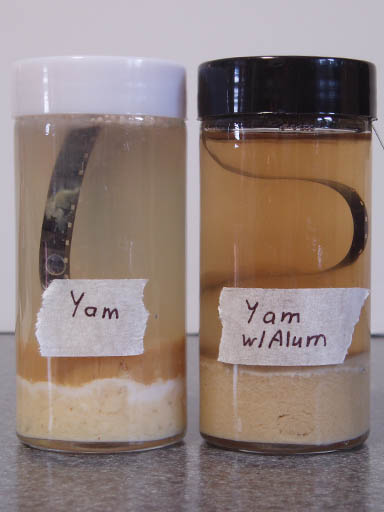
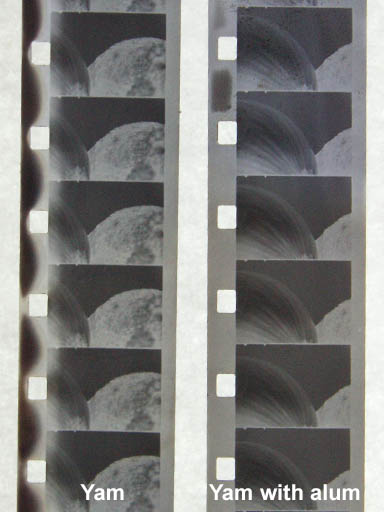
Yam
7 days
80ml tea and 2g alum
Results were good but faint.
Grape (red)
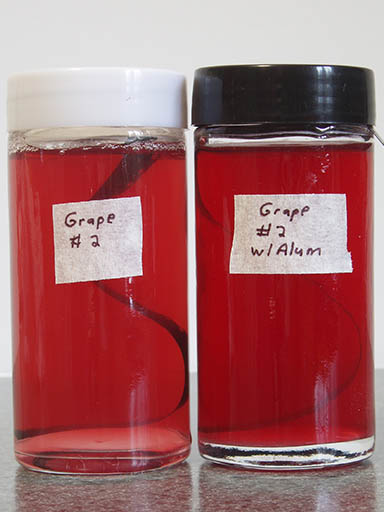
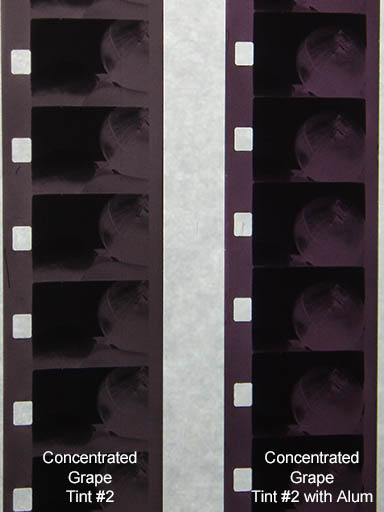
Grape (red)
2 days 18 hours
80ml tea and 2g alum
Happiness!
Mushroom (cremini)
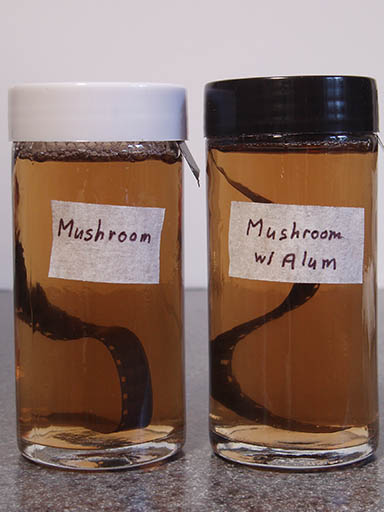
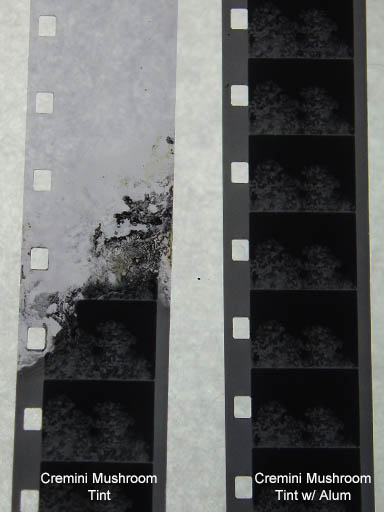
Mushroom (cremini)
9 days 18 hours
80ml tea and 2g alum
Lost emmulsion on film with regular tint but tint with alum stayed intact.
Mushroom (portabella)
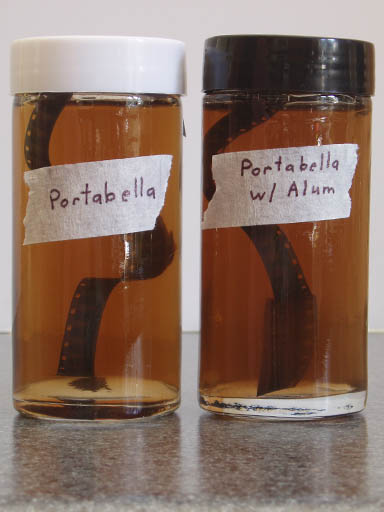
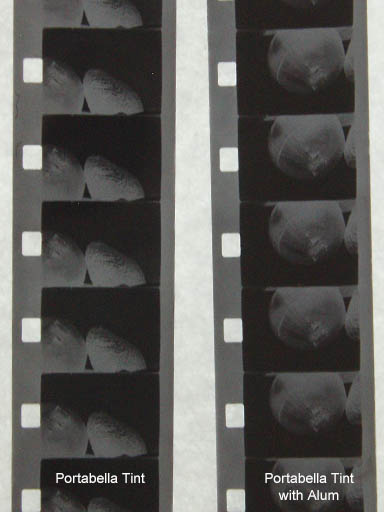
Mushroom (portabella)
9 days
80ml tea and 2g alum
Results - unremarkable
Cranberry
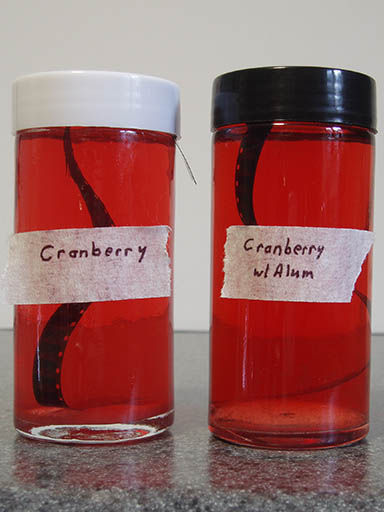
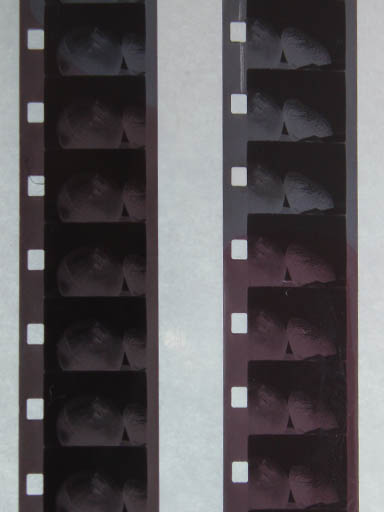
Cranberry
6 days
80ml tea and 2g alum
Good results
Lemon
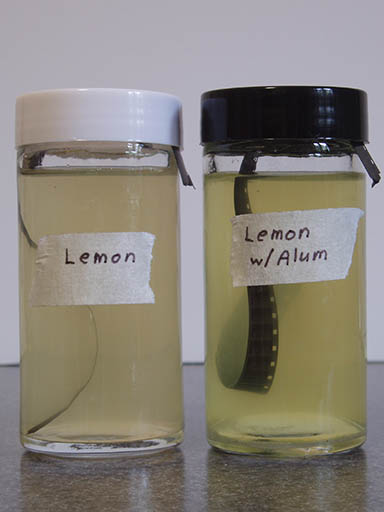
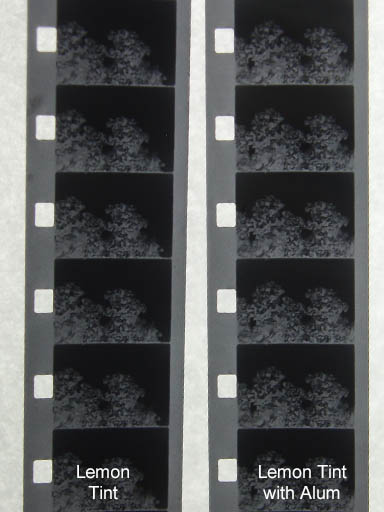
Lemon
7 days 21 houea
80ml tea and 2g alum
Not very good results
Fig
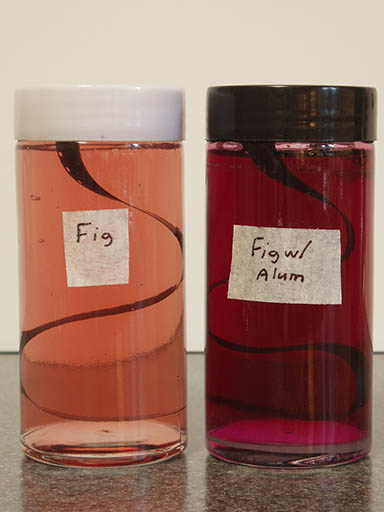
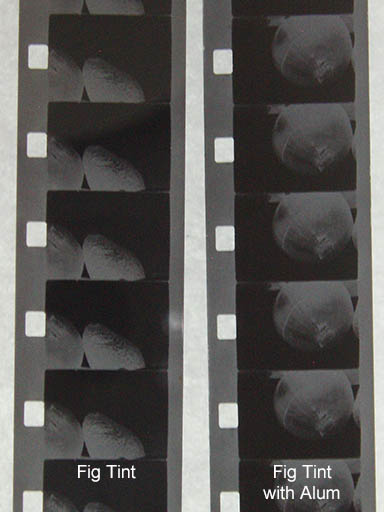
Fig
6 days 7 hours
80ml tea and 2g alum
unremarkable
Lettuce
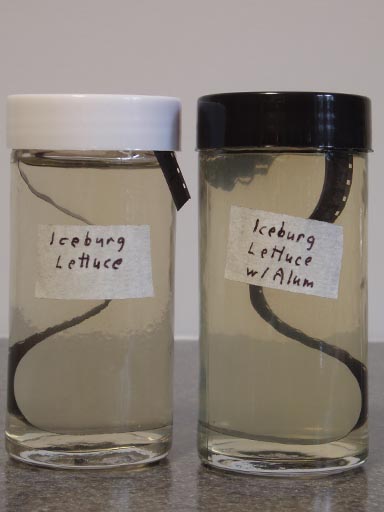
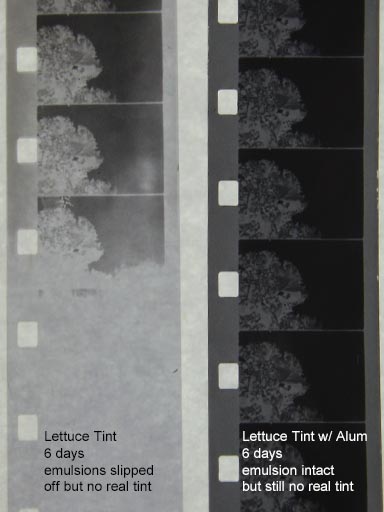
Lettuce
6 days
80ml tea and 2g alum
Emulsion slipped off of the regular tint, but not the tint containing alum
Pomegranate
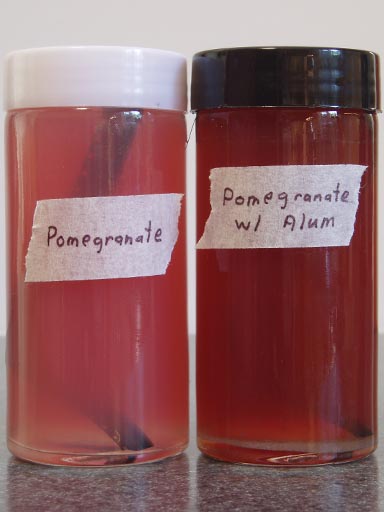
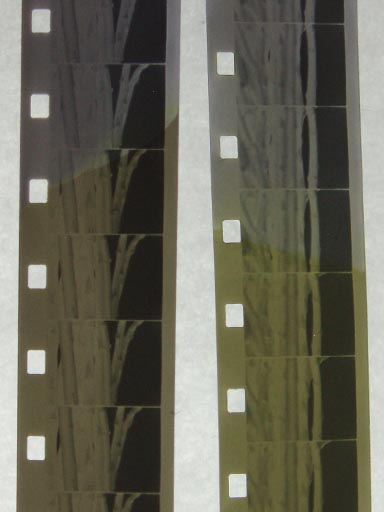
Pomegranate
8 days
80ml tea and 2g alum
Nice yellow tones.
Fiddleheads
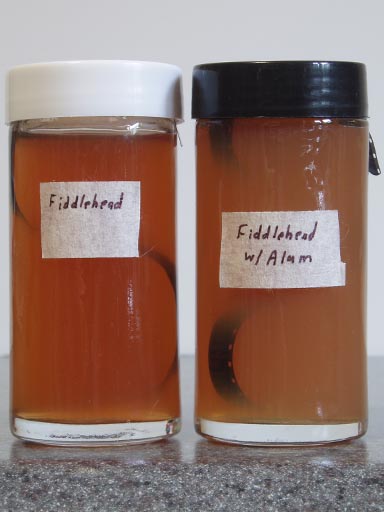
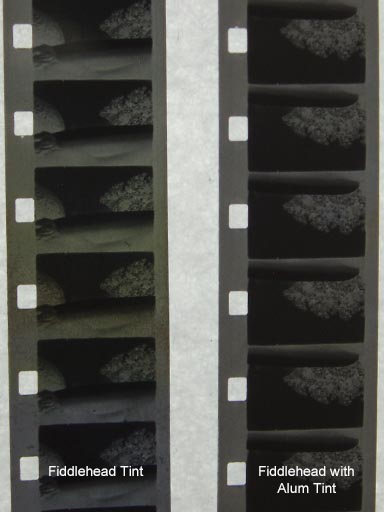
Fiddleheads
7 days 20 hours
80ml tea and 2g alum
A yellow tinge to the film in the regular tint, but only a slight variation with the alum.
Blueberry
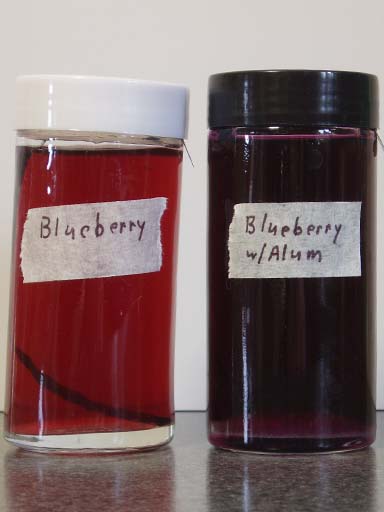
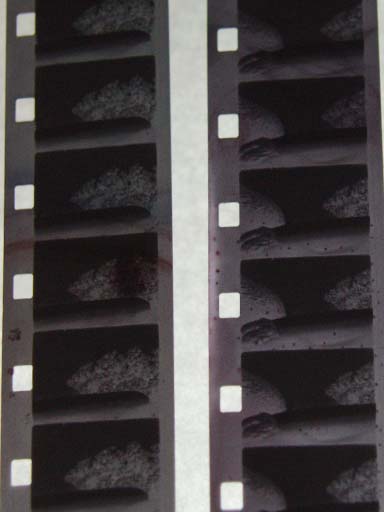
Blueberry
11 days 3 hours
80ml tea and 2g alum
Tint worked only with the alum with tiny blue specks on emulsion